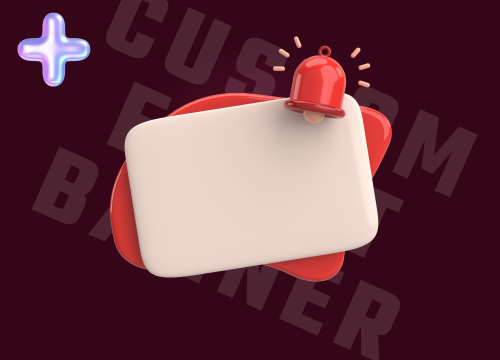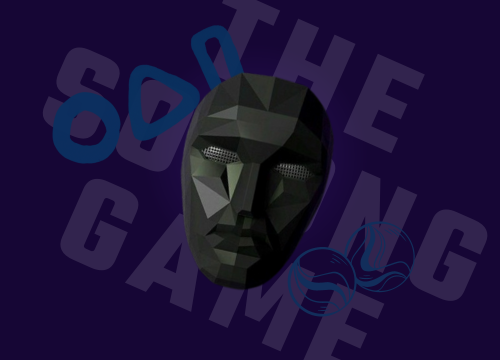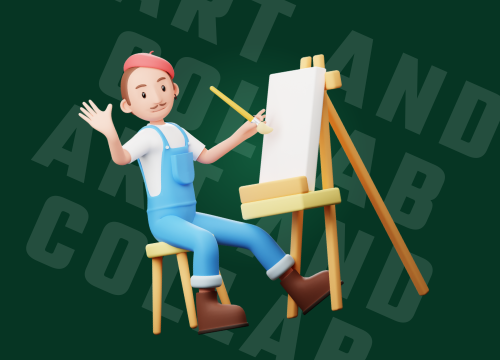How to Implement Gamification in Training: A Step-by-Step Guide
“Play is our brain’s favorite way of learning.” This quote perfectly encapsulates the essence of gamified training—a powerful approach that combines the fun of gaming with the serious business of skill development. At Braver Strides, we’re leading the charge in revolutionizing corporate training in Malaysia by integrating gamification into our programs. But how exactly can you implement gamification in your training programs? Here’s a comprehensive guide to get you started.
What Is Gamification in Training?
Gamification involves incorporating game elements into non-game contexts, like corporate training, to make learning more engaging and effective. This approach taps into the natural human affinity for play, transforming mundane training sessions into dynamic learning experiences. When done correctly, gamification not only enhances participant engagement but also boosts knowledge retention and application in real-world scenarios.
The Benefits of Gamification in Corporate Training
Before diving into the implementation process, let’s explore why gamification is worth considering for your training programs:
1. Increased Engagement
Traditional training methods often struggle to keep participants engaged. Gamification addresses this issue by making learning interactive and enjoyable. By turning lessons into games, participants are more likely to stay focused and actively participate.
2. Enhanced Learning Retention:
Studies show that gamification can improve learning retention by up to 90% compared to traditional methods. This is because gamified training encourages repetition and reinforces key concepts in a fun and memorable way
3. Motivation Through Reward Systems:
Gamification uses reward systems—such as points, badges, and leaderboards—to motivate participants. These incentives drive engagement and create a sense of accomplishment as learners progress through the training.
4. Real-World Application:
Gamified training often involves simulations that mirror real-world scenarios. This hands-on approach ensures that participants not only learn theoretical concepts but also apply them in practical situations, enhancing their problem-solving and decision-making skills.
How to Implement Gamification in Your Training Programs
Implementing gamification in your training programs requires careful planning and execution. Here’s a step-by-step guide to help you get started:
1. Identify Learning Objectives:
Before introducing gamification, clearly define your learning objectives. What skills or knowledge do you want participants to acquire? Whether it’s improving critical thinking, fostering teamwork, or enhancing problem-solving abilities, your objectives will guide the design of your gamified training program.
2. Choose the Right Game Mechanics:
Game mechanics are the rules and rewards that drive the gamified experience. Some popular mechanics include:
- Points and Badges: Reward participants for completing tasks or reaching milestones.
- Leaderboards: Encourage healthy competition by ranking participants based on their performance.
- Levels: Create progressive challenges that participants must overcome to advance.
- Quests and Challenges: Engage participants with missions or tasks that require strategic thinking and collaboration.
Select game mechanics that align with your learning objectives and resonate with your audience.
3. Design Interactive Scenarios
Interactive scenarios are the heart of gamified training. These scenarios should mirror real-life situations that participants might encounter in their roles. For example, at Braver Strides, we design simulations that involve crisis management, project planning, and collaborative problem-solving. By immersing participants in these scenarios, we ensure that they can apply what they’ve learned directly to their work.
4. Incorporate Reward Systems
Reward systems are essential for maintaining motivation and engagement. As participants progress through the training, they should earn points, badges, or levels that reflect their achievements. These rewards not only provide a sense of accomplishment but also serve as a tangible measure of their progress.
5. Foster Collaboration and Communication
Collaboration is a critical component of gamified training. Design multiplayer scenarios where participants must work together to solve problems or complete challenges. This not only strengthens team dynamics but also enhances communication skills—a vital aspect of any successful team.
6. Use Role-Playing and Real-Time Strategy Games
Role-playing games (RPGs) and real-time strategy (RTS) games are effective tools for developing decision-making and strategic thinking skills. In RPGs, participants take on specific roles and navigate scenarios where their decisions impact the outcome. RTS games, on the other hand, require quick thinking and adaptability as participants respond to rapidly changing situations.
7. Implement Feedback Loops
Continuous feedback is crucial in gamified training. Provide participants with real-time feedback on their performance, highlighting areas of strength and opportunities for improvement. This not only helps them track their progress but also encourages a growth mindset.
8. Ensure Accessibility and Inclusivity
Gamified training should be accessible and inclusive for all participants. Consider diverse learning styles, physical abilities, and technological access when designing your program. At Braver Strides, we ensure that our gamified training modules cater to a wide range of participants, creating an environment where everyone can succeed.
Measuring the Success of Gamified Training
Once your gamified training program is in place, it’s important to measure its effectiveness. Key metrics to track include participant engagement, learning retention, and performance improvements. Surveys, quizzes, and performance assessments can provide valuable insights into how well the training has achieved its objectives.
HRDC Claimable: Making Gamified Training Accessible
At Braver Strides, we understand the importance of making corporate training accessible. That’s why our gamified training programs in Malaysia are HRDC claimable, allowing organizations to invest in their employees’ development without financial strain. This not only benefits your team but also ensures a strong return on investment for your organization.
Conclusion: Embrace the Future of Training with Gamification
In a world where traditional training methods often fall short, gamification offers a dynamic and effective alternative. By implementing gamification in your training programs, you can enhance engagement, boost learning retention, and equip your team with the skills they need to thrive in today’s fast-paced business environment.
Ready to revolutionize your training approach?
Explore Braver Strides’ gamified training solutions in Malaysia and discover how we can help your team develop critical skills through play. Contact us today for a free consultation and take the first step towards a more engaging and effective training experience.
LET'S START PLANNING YOUR NEXT
TEAM BUILDING CSR PROGRAM TRAINING PROGRAM CORPORATE EVENT RETREAT EVENT
EVENT EXPERIENCE ADD-ON
Add some extra spice to your event!
HEY! YOU MAY ALSO LIKE
Some of our trending activities! Mix and match for MEGA fun session!














